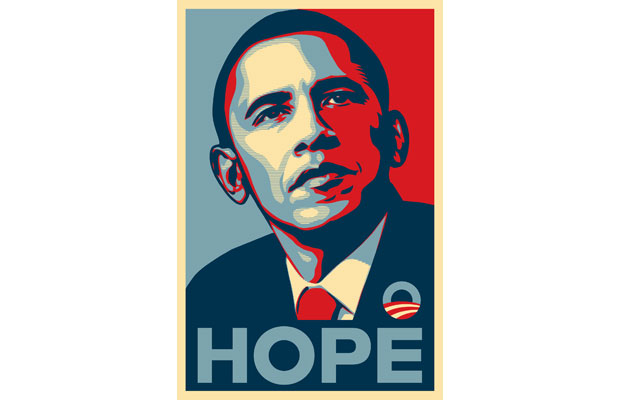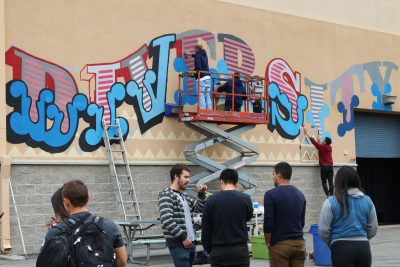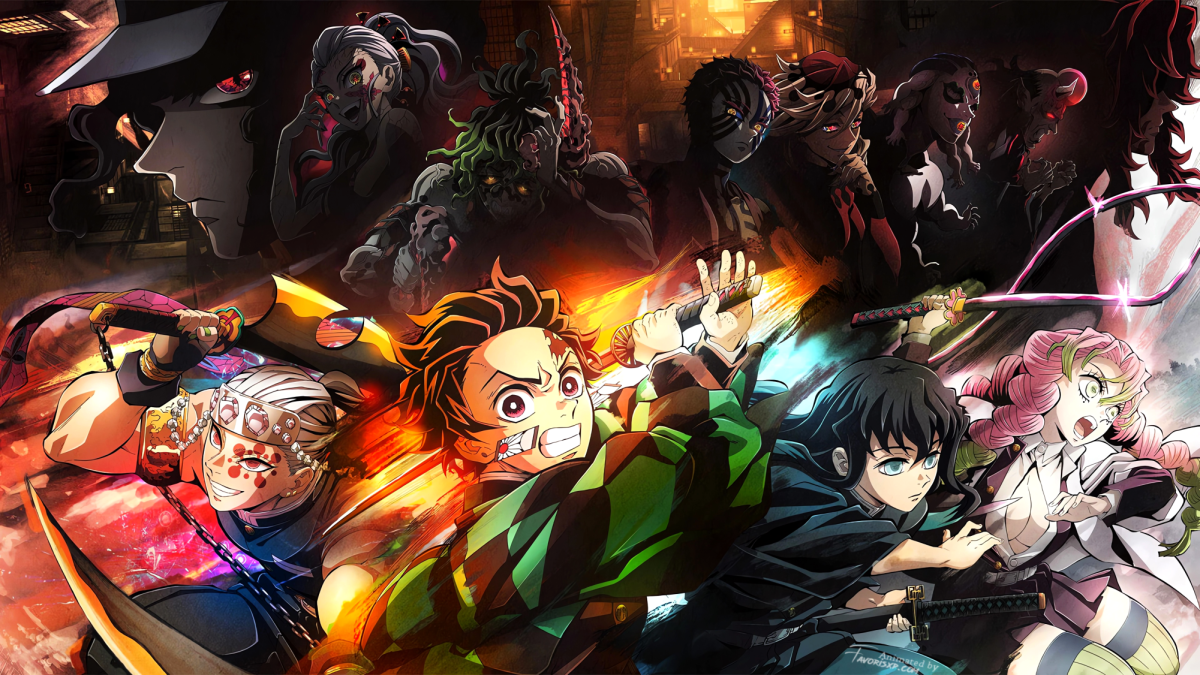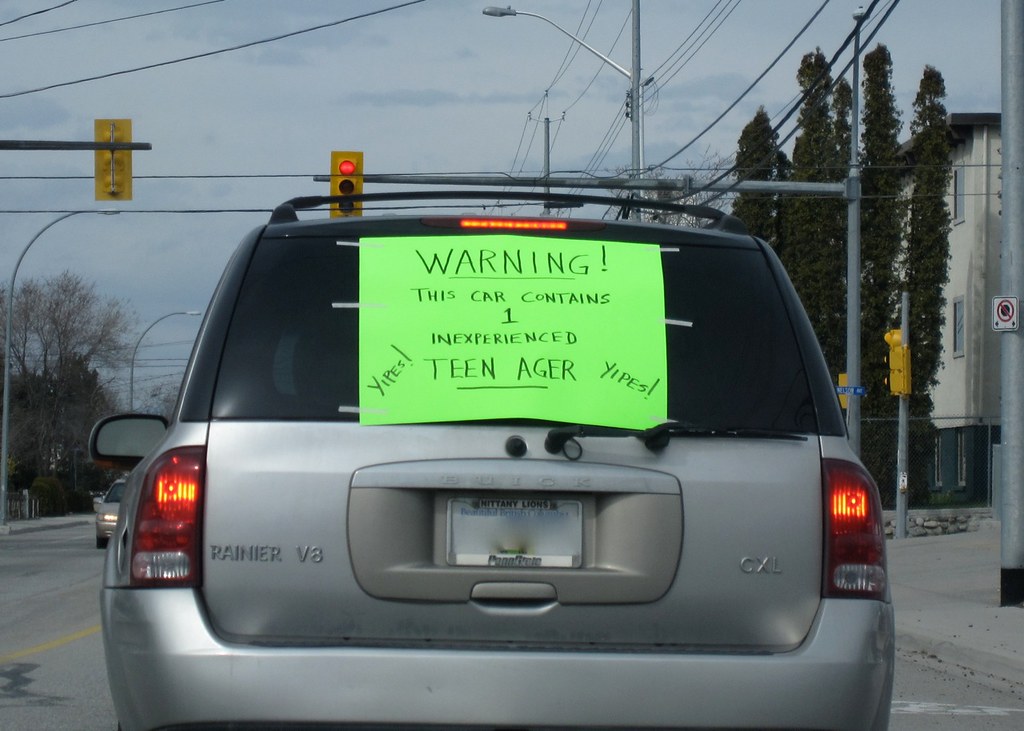BY SOUHAIL SIDDIQI
Staff Writer
Street art has been around for thousands of years, with roots that originated over 40,000 years ago with cavemen. It has certainly evolved since then into a form of art that has been widely accepted by a number of artists from all over the world. However, many are still apprehensive when it comes to praising the work of street artists, since a number of street art works are illegal and therefore labeled as vandalism. In addition to this, many feel eager to denounce graffiti by refusing to label it as “art.”
Street art is a visual art that can portray a political or domestic message through the different mediums. Sculptures, paintings, and stickers have all been used by artists to express themselves and most of these works of art are taken down after only a few days due to their illicit nature.

According to the U.S. Small Business Administration, a single incident of vandalism costs on average $3,370, so it is understandable that someone may be upset with the nature of how these paintings come to be. However, it is inappropriate for one to completely disrespect the art in its entirety. In 2013, a string of mysterious works of art would show up everyday in New York. It was discovered that these works of art belonged to renowned street artist Banksy, and that he would be in the Big Apple for a month. In a press conference, former New York Mayor Michael Bloomberg criticized Banksy for defacing people’s property despite popular approval. Bloomberg spoke about how he believed that “running up to somebody’s property or public property and defacing it is not [his] definition of art.”
While Bloomberg-an art enthusiast himself (Bloomberg donates millions of his personal fortune to artistic institutions every year)- may just be looking out for his city, it’s hard to ignore the constructive message that can be deciphered in each one of Banksy’s masterpieces. The “vandalism” contains an incredible amount of substance and a distinctive style, just like many other artists’. Instead of being cherished, it seems to constantly be slammed, something that is done because of the constraints imposed upon it as a form of art that might not properly complement its surroundings.
According to Dictionary.com, art can be defined as “the quality, production, expression, or realm, according to aesthetic principles, of what is beautiful, appealing, or of more than ordinary significance.” Although street art is an unusual form of art when compared to its counterparts, it is still exquisite and falls under the category of art. Thus, it’s important for street artists to find a place in society where they can express themselves freely while being able to support their families.
Shepard Fairey, a prominent street artist, paved his own path with his clothing company Obey. Fairey started his career in college by mass producing a sticker with wrestler Andre the Giant. After designing the sticker, Shepard stuck as many stickers as possible wherever he could. Fairey viewed his art as activism and believed that his message would reach a ton of people as long as he kept putting up stickers.

By developing his popular clothing company, Fairey was able to use it as an extension of his social activism and it gave him the ability to express himself in a legal way. In addition to that, Obey began earning more money, meaning that it could fund the rest of his aspirations, and provide him with larger opportunities. This included the opportunity of making the famous “Hope” poster, a well known work of street art that featured the face of President Barack Obama’s 2008 campaign. By finding his niche and occasionally going against the officials who didn’t approve of his “vandalism,” Shepard Fairey was able to establish a name for himself and will go down as one of history’s greatest street artists.

Uni has had its own experience with street art. In 2015, prominent street artist Ben Eine was invited to UHS to paint a mural. Eine has worked with both Banksy and Shepard Fairey and has collaborated with clothing companies like Louis Vuitton, in addition to hosting a number of his own gallery shows. After giving a talk, Eine began work on a mural that would spell out “Diversity” across from the outside of the 500s. The mural took two days to complete and is cherished by many students. Farbod Markazi (Sr) describes the mural as “an accurate representation of what Uni is all about. When you go to a school as diverse as Uni, you grow a higher appreciation for all of the cultures that surround you.” This mural demonstrates Eine’s evolution into an artist that makes art that speaks to people. Eine was a vandal at one point who made art with the purpose of destruction. But as he grew artistically, his creative intentions and style blossomed. This progression can be examined in many other forms of art and represents the reasons for why street art is real art, whether it’s legal or not. People may go against this form of art by painting over it (Or in Eine’s case at Uni, egging it), but then, shouldn’t those people be labeled as artists themselves? The vandal who egged the mural could perceive that as their own work of art, like Eine himself did at one point of his career. After all, we all have our own unique outlets for expression and creativity and that is certainly something to think about before immediately degrading someone else’s artwork.
Each year, more opportunities are surfacing for street artists to expand beyond the
streets and to really express themselves in ways that weren’t possible at a previous point in time. But one point is clear: street art is art, whether it’s legal or not. While it is encouraged to always follow the rules and to avoid breaking the law, it is important to encourage the act of self expression. The progression and evolution of street artists, in addition to the time and technique needed to succeed in this is space, goes to show that street art is just like any other form of art, and therefore deserves the same amount of recognition.
Masterpiece or vandalism: an exploration of street art
October 26, 2016

0
Donate to Sword & Shield
$180
$1000
Contributed
Our Goal
Your donation will support the student journalists of University High School. Your contribution will allow us to purchase equipment and cover our annual website hosting costs.
More to Discover













